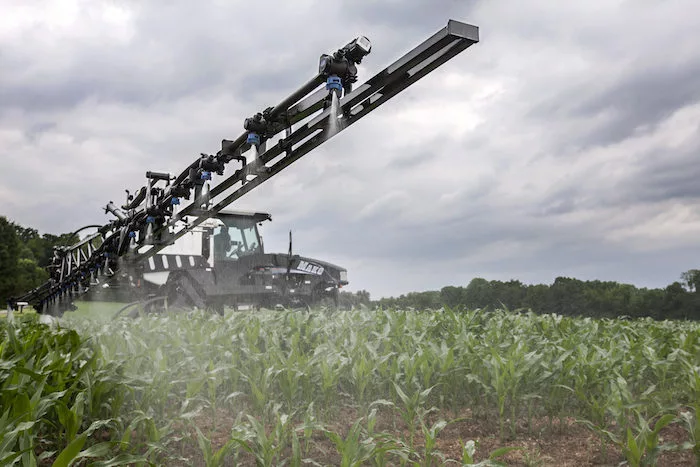By: Sarah Lancaster
Temperatures across the midwest are expected to drop much below normal this weekend, so now is the time to get your field sprayers winterized. As you put the sprayer in storage for the winter, this is also a good time to clean and inspect the exterior, tanks, hoses, and other components – including your tendering equipment. This article summarizes some of the key steps to winterizing sprayers. Be sure to check your owner’s manual for detailed instructions for your particular sprayer so you don’t void any manufacturer’s warranty.
- Clean the sprayer to remove herbicide residues, if not already done.
- Check and service the pump.
- Remove filters, nozzles, check valves, and screens from your sprayer and wash them by hand. You can store metal filters and screens in vegetable oil to prevent rusting.
- Remove pressure gauges and store them at room temperature.
- Remove as much water as possible. Consider using an air hose to blow out moisture.
- Add RV antifreeze with a corrosion preventer. Solutions designed to winterize sprayers are also available. Liquid fertilizer is another option, but can cause corrosion.
- Circulate the antifreeze through the entire system, including the boom (if applicable). For boom sprayers, turn on one section at a time until you see the antifreeze come out the nozzle openings, then cap the opening.
- Refer to your owner’s manual for other components, such as flow meters, rate controllers, and electronics.






